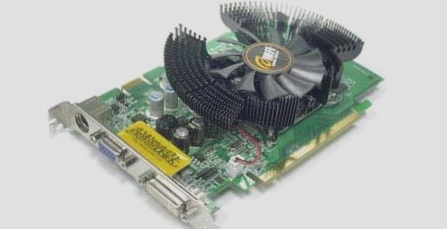Understanding Flame-Resistant Materials in PCB Fabrication
The code assigned to flame-resistant materials, such as the widely used FR-4 grade, indicates the properties of the material rather than its name. FR-4 materials are a combination of epoxy resin, filler, and glass fiber, known as the “four functions” (Tera-Functions).
Epoxy Resin in PCB Manufacturing
Epoxy resin, a heat-curing material, plays a crucial role in PCB fabrication. It provides electrical insulation, acts as an adhesive between copper foil and reinforcement materials like glass fiber cloth, and offers resistance to electricity, heat, chemicals, and water through polymerization reactions.
The Role of Glass Fiber Cloth
Glass fiber cloth, an inorganic material produced by high-temperature fusion and cooling, transforms into a hard, amorphous substance. Woven together using warp and weft yarns, it serves as a reinforcing material in PCBs. Common specifications for E-glass fiber cloth include: 106, 1080, 3313, 2116, and 7628.
Substrate Material: Aluminum
Aluminum, commonly used as the substrate for PCB materials, consists of a copper skin, insulating layer, and aluminum sheet. Its superior heat dissipation performance has led to increased adoption in the LED lighting industry.


